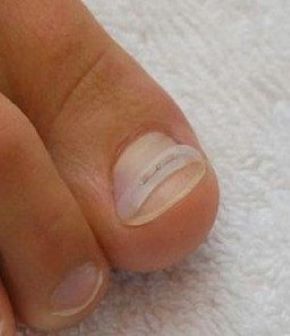Symptoms
Typically, there’s no outward sign of this condition, such as a lump. Instead, you may experience the following symptoms:
- A feeling as if you’re standing on a pebble in your shoe
- A burning pain in the ball of your foot that may radiate into your toes
- Tingling or numbness in your toes
When to see a doctor
It’s best not to ignore any foot pain that lasts longer than a few days. See your doctor if you experience a burning pain in the ball of your foot that’s not improving, despite changing your footwear and modifying activities that may cause stress to your foot.
Causes
Morton’s neuroma seems to occur in response to irritation, pressure or injury to one of the nerves that lead to your toes.
Risk factors
Factors that appear to contribute to Morton’s neuroma include:
- High heels. Wearing high-heeled shoes or shoes that are tight or ill fitting can place extra pressure on your toes and the ball of your foot.
- Certain sports. Participating in high-impact athletic activities such as jogging or running may subject your feet to repetitive trauma. Sports that feature tight shoes, such as snow skiing or rock climbing, can put pressure on your toes.
- Foot deformities. People who have bunions, hammertoes, high arches or flatfeet are at higher risk of developing Morton’s neuroma.






